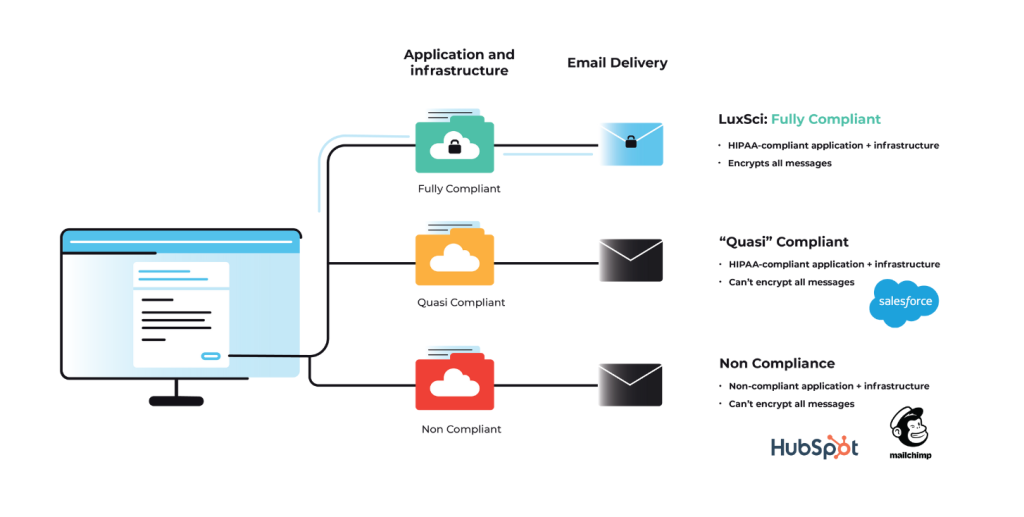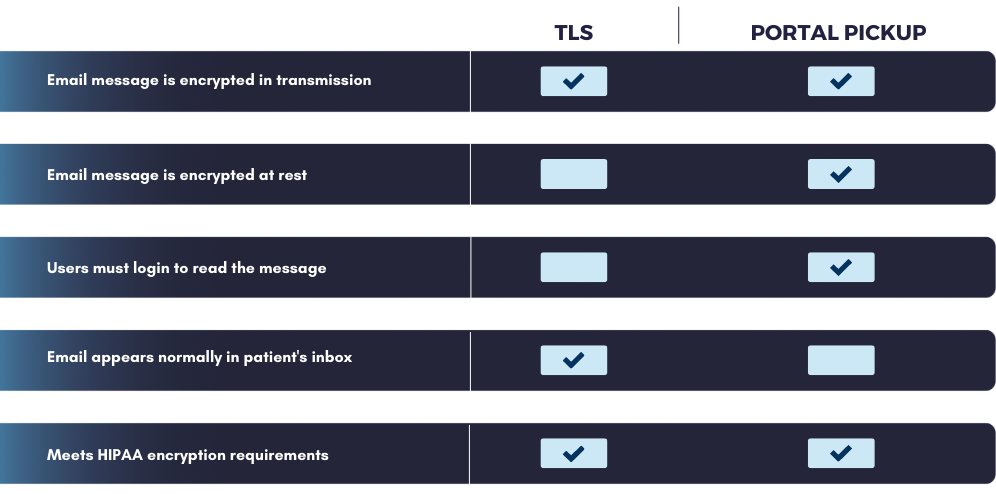The best secure email hosting for healthcare organizations provides encrypted data storage, HIPAA-compliant infrastructure, redundant security measures, and reliable uptime guarantees that protect patient information while supporting clinical and administrative communication needs. Healthcare providers, payers, and suppliers require email hosting solutions that maintain data security during storage and transmission while offering the performance and reliability needed for patient care operations. Selecting the best secure email hosting involves evaluating infrastructure security, compliance certifications, data center locations, backup procedures, and technical support capabilities. Understanding how different hosting approaches address regulatory requirements and operational needs helps healthcare organizations choose platforms that protect patient data while maintaining efficient communication workflows.
Infrastructure Security And Data Protection Features
The best secure email hosting implements multiple layers of physical and logical security controls to protect healthcare email data from unauthorized access and cyber threats. Data center facilities feature biometric access controls, 24/7 security monitoring, and environmental protections that prevent unauthorized physical access to servers storing patient communications. Redundant power systems, climate controls, and fire suppression systems protect email infrastructure from environmental hazards and equipment failures. Server-level security includes hardened operating systems, regular security patches, and network segmentation that isolates email systems from other applications and potential attack vectors. The best secure email hosting uses enterprise-grade firewalls, intrusion detection systems, and anti-malware protection to prevent unauthorized network access and malicious software infections. Encrypted storage protects email data at rest using advanced encryption algorithms that render information unreadable even if storage devices are compromised.
Network security measures include secure transmission protocols, virtual private networks, and traffic monitoring that protect email communications during transmission between servers and user devices. Database encryption protects email metadata, user credentials, and configuration information from unauthorized access. Regular vulnerability assessments and penetration testing help identify and address potential security weaknesses before they can be exploited by attackers.
HIPAA Compliance And Regulatory Requirements
Good secure email hosting maintains comprehensive HIPAA compliance programs that address administrative, physical, and technical safeguards required for protecting electronic protected health information. Business associate agreements clearly define responsibilities for protecting patient data, incident reporting procedures, and audit requirements that support healthcare organization compliance efforts. Hosting providers maintain documentation of security measures, staff training programs, and compliance monitoring activities.
Audit logging capabilities track all access to email systems, including user logins, message access, administrative changes, and system maintenance activities. The best secure email hosting provides detailed audit reports that healthcare organizations can use to demonstrate compliance during regulatory reviews and investigations. Log retention policies ensure that audit information remains available for required periods while protecting stored data from unauthorized modification.
Risk assessment procedures evaluate potential threats to email systems and implement appropriate safeguards based on the likelihood and potential impact of security incidents. Regular compliance monitoring verifies that hosting infrastructure continues meeting HIPAA requirements as technology and regulations evolve. Incident response procedures address potential security breaches with notification protocols and remediation steps that minimize harm to patient information.
Data Center Locations And Backup Procedures
Geographic diversity of data centers provides redundancy and disaster recovery capabilities that ensure email availability during regional emergencies or infrastructure failures. The best secure email hosting maintains multiple data center locations with real-time data replication that enables rapid recovery from hardware failures or natural disasters. Load balancing distributes email traffic across multiple servers to prevent performance degradation during peak usage periods.
Backup procedures include automated daily backups, offsite storage, and regular restoration testing to verify data recovery capabilities. Backup encryption protects archived email data using the same security standards applied to active email systems. The best secure email hosting maintains multiple backup copies across geographically separated locations to protect against simultaneous failures at multiple sites.
Recovery time objectives define maximum acceptable downtime for email services, while recovery point objectives specify acceptable data loss limits during disaster recovery scenarios. Service level agreements guarantee specific uptime percentages and response times for addressing technical issues. Regular disaster recovery testing validates backup and restoration procedures to ensure rapid email service recovery when needed.
Performance Monitoring And Technical Support
Performance monitoring systems track email server response times, message delivery rates, and system resource utilization to identify potential issues before they affect user experience. The best secure email hosting provides real-time performance dashboards that healthcare organizations can use to monitor their email system status and identify usage patterns. Capacity planning ensures that email infrastructure can accommodate growing user bases and increasing message volumes.
Network monitoring detects connectivity issues, bandwidth constraints, and routing problems that could affect email delivery or access. Server monitoring tracks hardware health, software performance, and resource utilization to prevent system failures and optimize email performance. Database monitoring ensures that email storage systems maintain optimal performance and data integrity.
Technical support includes 24/7 availability, escalation procedures, and expertise in healthcare email requirements and HIPAA compliance issues. The best secure email hosting provides multiple support channels including phone, email, and online chat with guaranteed response times for different severity levels. Support staff receive training on healthcare privacy requirements and can assist with compliance questions and technical issues specific to medical communication needs.
Cost Analysis And Service Agreements
Pricing models for secure email hosting include per-user subscriptions, storage-based fees, and enterprise agreements that accommodate different organizational sizes and usage patterns. The best secure email hosting offers transparent pricing without hidden fees for security features, compliance support, or technical assistance. Cost comparisons should include hosting fees, implementation costs, ongoing support expenses, and potential savings from avoiding HIPAA violations.
Service level agreements define uptime guarantees, performance standards, support response times, and penalties for service failures. Contract terms should address data ownership, termination procedures, and data return or destruction requirements when hosting relationships end. The best secure email hosting provides flexible contract options that accommodate changing organizational needs and budget constraints.
Total cost of ownership calculations include hosting fees, technical support costs, compliance monitoring expenses, and staff training requirements. Return on investment analysis should consider improved email security, reduced IT infrastructure costs, enhanced disaster recovery capabilities, and decreased risk of data breaches. Long-term cost projections help healthcare organizations budget for email hosting services and plan for future scalability needs effectively.












